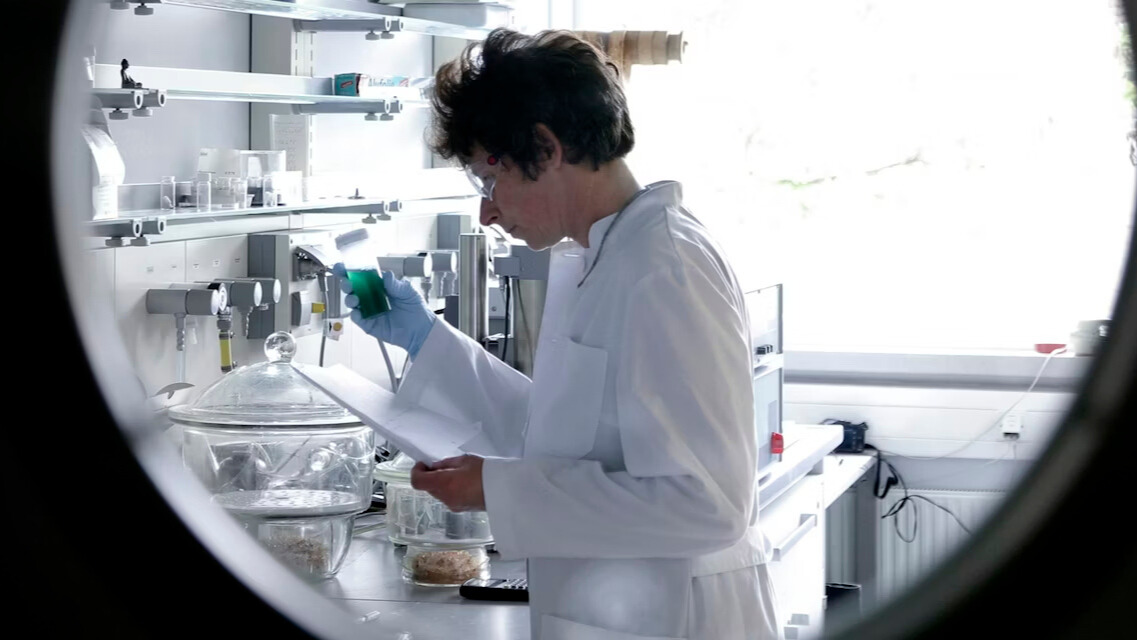Gallery: Freeze-Dried Pets
Freeze-Dried Dog

A pet schnauzer preserved with a freeze-drying technique at Mac's Taxidermy in Fort Loudon, Penn.
Freeze-Dried Dalmatian
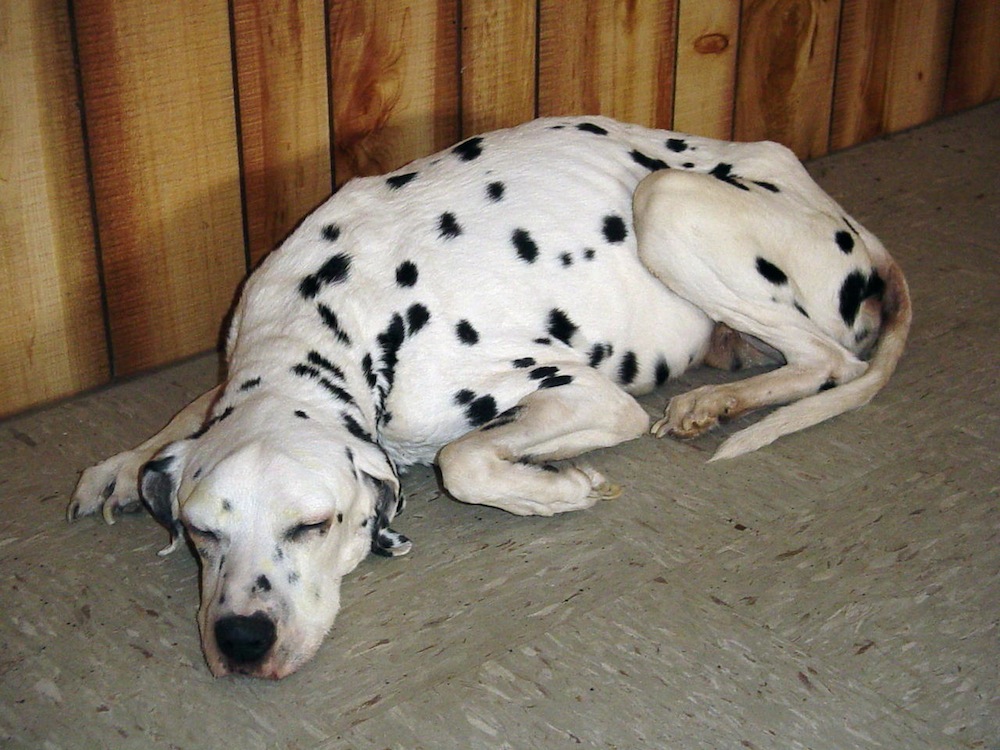
Most taxidermist recommend a closed-eye "sleeping" pose for preserved pets.
Freeze-Dried Pet
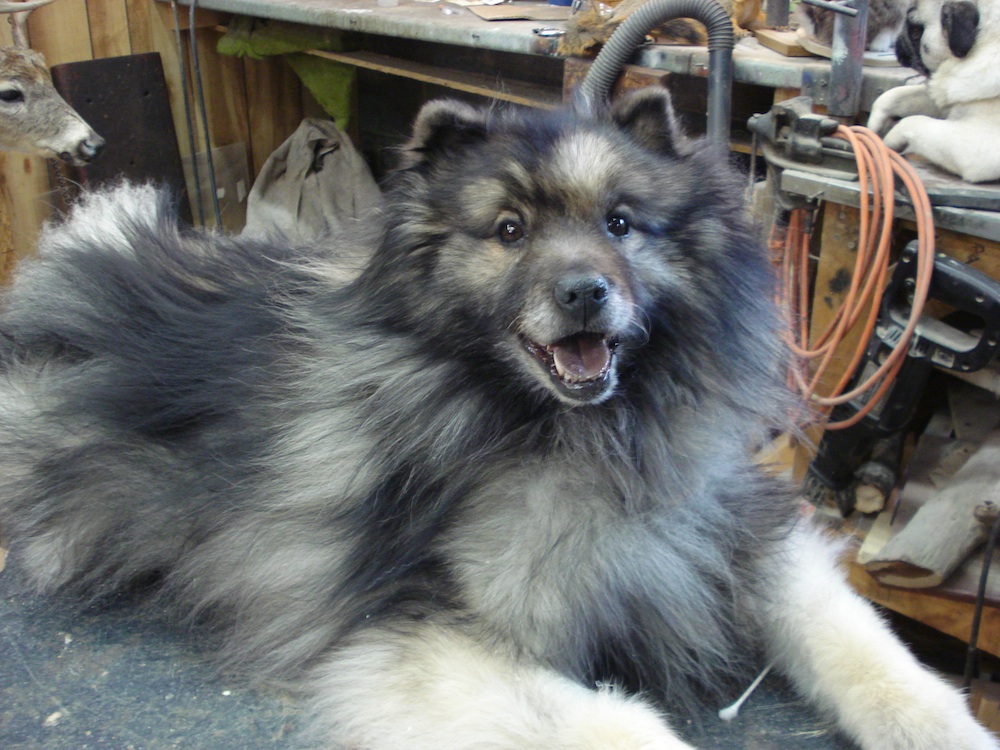
The freeze-drying process can take up to a year for large animals.
Small Dog
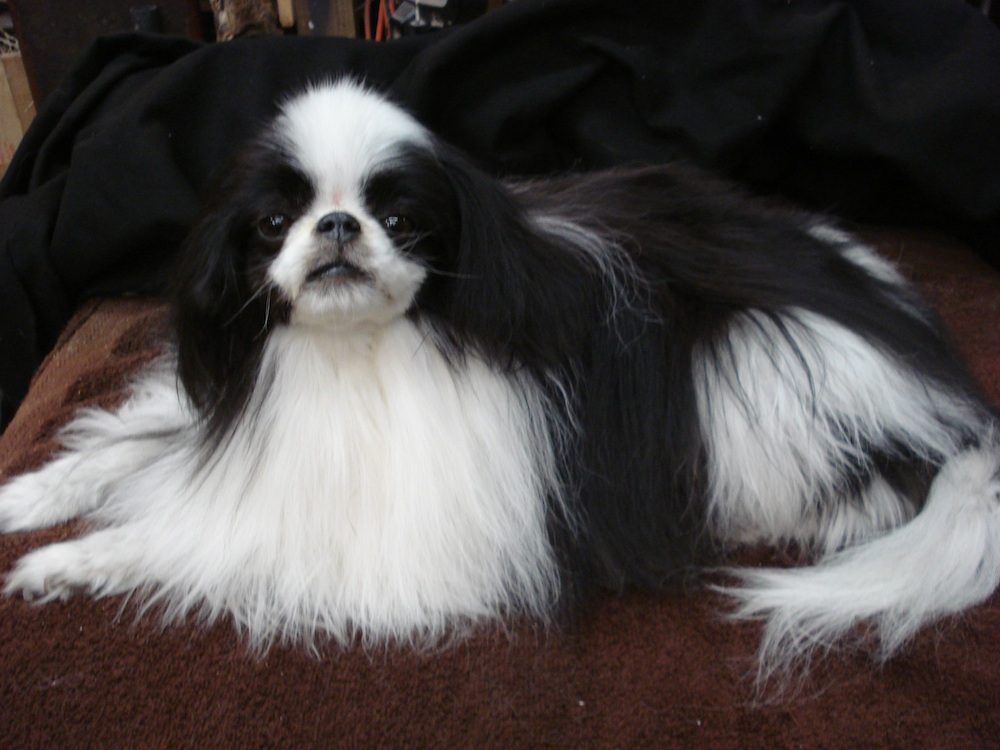
Only a handful of taxidermy shops freeze-dry pets, so owners ship animals from across the country.
Amigo the Yorkie
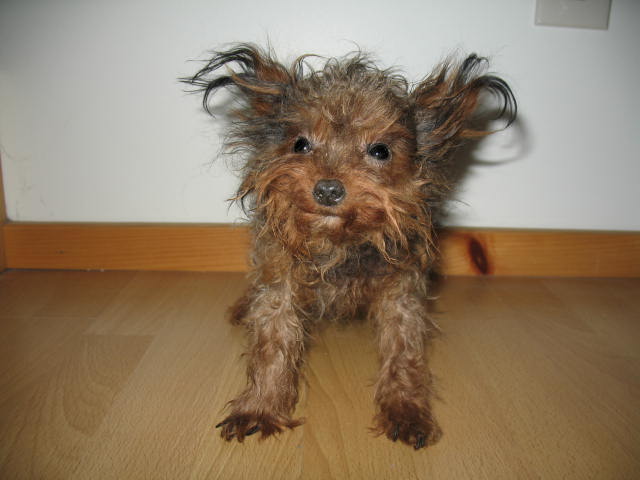
Freeze-dried by Cathy Huntley, "Amigo" the Yorkie is posed standing.
Yorkie Profile
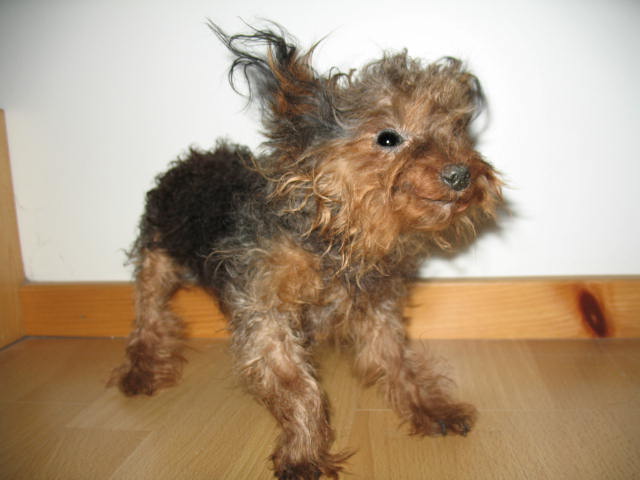
Glass eyes create a lifelike appearance. Some owners opt for custom-painted eyes to match the shade of their pet's eyes in life.
Freeze-Dried Yorkie
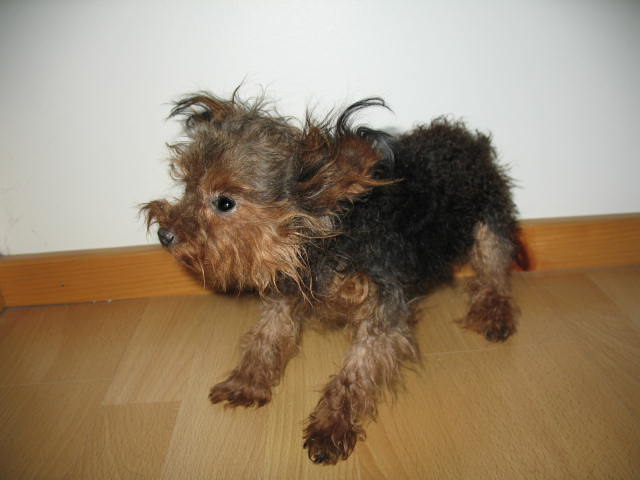
Even small animals take a long time to freeze-dry; A 10-pound cat, for example, might take about 6 months.
Get the world’s most fascinating discoveries delivered straight to your inbox.
Yorkie Pose
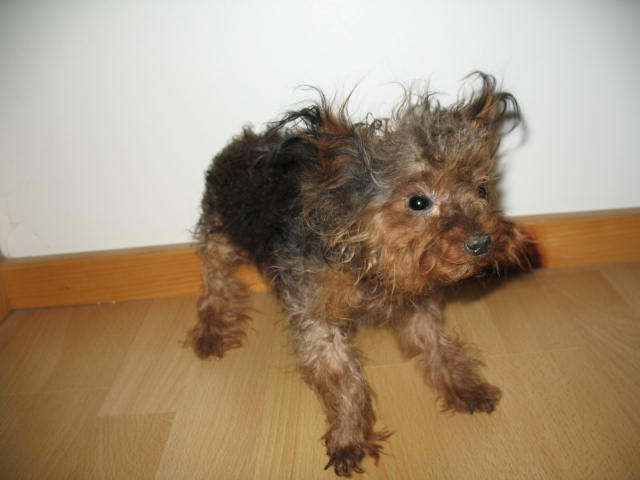
Some owners choose freeze-drying so they can keep their pet nearby. Others want to save the animal so that it can be buried with them when they die.
Mike McCullough
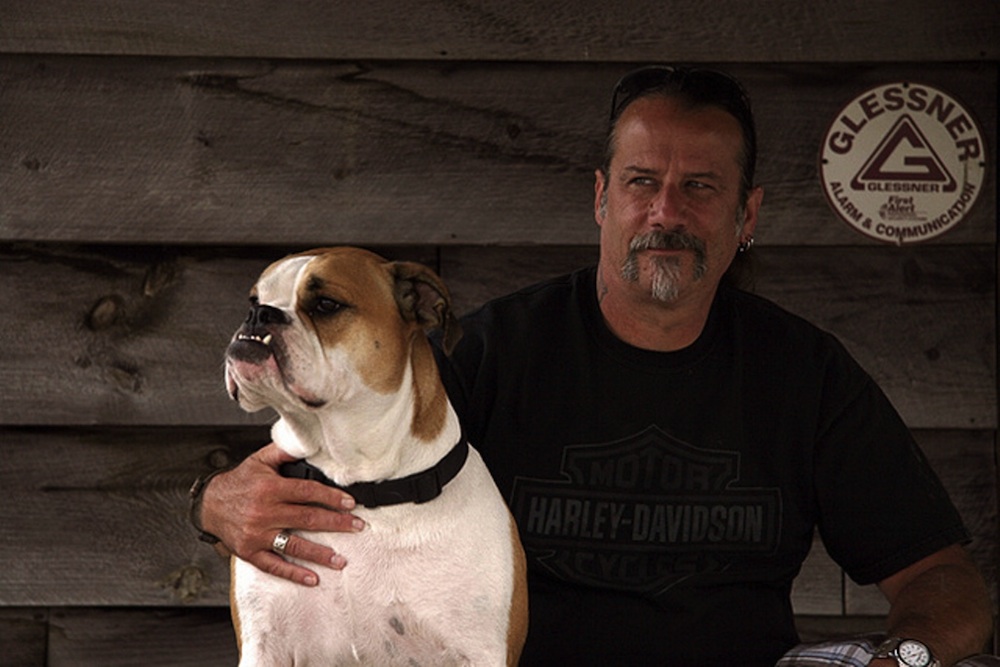
Mike McCullough, owner of Mac's Taxidermy, with his (living) bulldog Katie. McCullough says he has no intention of freeze-drying Katie after her death.

Stephanie Pappas is a contributing writer for Live Science, covering topics ranging from geoscience to archaeology to the human brain and behavior. She was previously a senior writer for Live Science but is now a freelancer based in Denver, Colorado, and regularly contributes to Scientific American and The Monitor, the monthly magazine of the American Psychological Association. Stephanie received a bachelor's degree in psychology from the University of South Carolina and a graduate certificate in science communication from the University of California, Santa Cruz.


